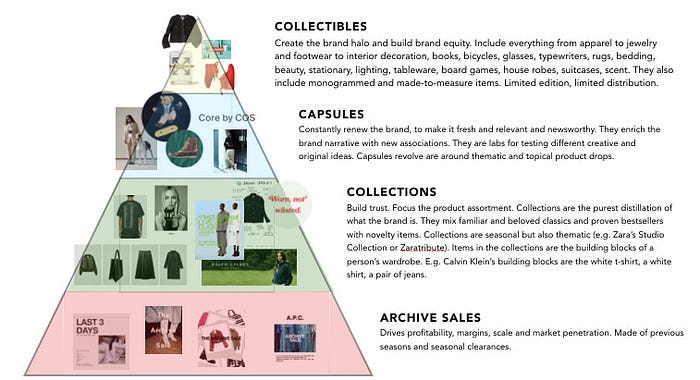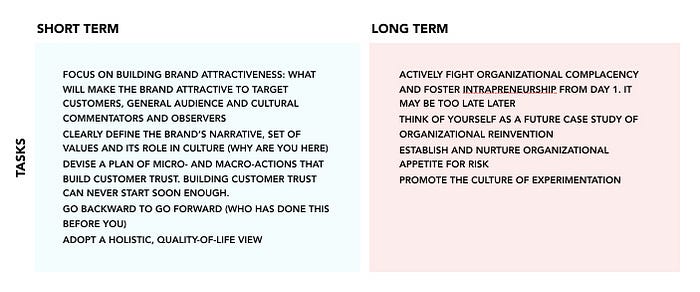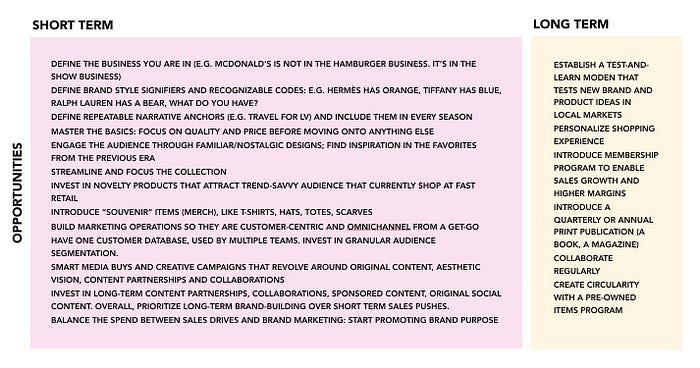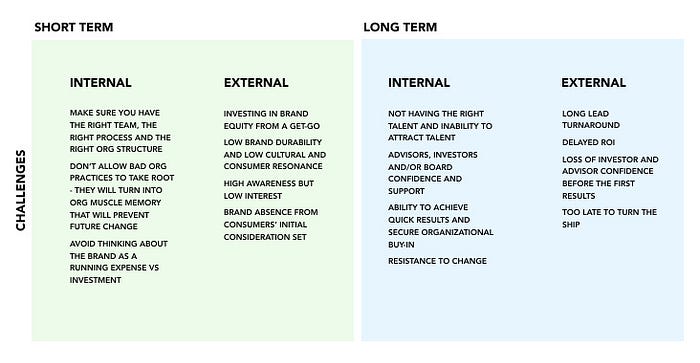What makes a successful fashion brandA primer on how to select the right growth model
 Successful brand building often starts with putting a simple memo together, which outlines: a) a desired growth model that is mapped to business ambitions of the founder/s; b) product and brand strategy to deliver this model and organize the brand’s communications and offerings; c) short- and long-term tasks and d) short- and long-term internal and external opportunities and challenges.
Successful brand building often starts with putting a simple memo together, which outlines: a) a desired growth model that is mapped to business ambitions of the founder/s; b) product and brand strategy to deliver this model and organize the brand’s communications and offerings; c) short- and long-term tasks and d) short- and long-term internal and external opportunities and challenges.
First step is to define the brand purpose, that is rooted in the understanding of the cultural moment, consumer behavior and their interests and category dynamics. Purpose is a filter for all consequent ways of generating value as a company. Its job is to create, deliver and capture social and cultural value of a brand’s products, services and experiences and turn it into business value.e about that here and here.
Odds of success are stacked toward brands with hybrid business models. These hybrid models mix luxury strategy (investing in desirability, scarcity, status-signaling) and fast retail (trend, availability, price) in a way that capitalizes on the strengths of both.
This analysis is for paid subscribers. To access it, please select one of the paid subscription options below.
From luxury strategy, a hybrid business model takes culture-driven advertising, art cues, creating an atmosphere and an aesthetic point of view and a world. A brand populates this world with high-quality, limited edition items and are both of their time and timeless (Ralph Lauren Bear sweater). Distribution is limited and keywords are uniqueness and rarity.
From fast retail, a hybrid business model takes moving at the speed of popular culture, novelty and responsiveness.
Together with a business model, a company needs a brand model, which focuses its growth trajectory. The most lucrative brand model is a brand galaxy. A brand galaxy is a consistent and versatile aesthetic portfolio that spurs a brand’s long-term growth and nurtures the brand’s relationship to culture through taste, media (magazines, film), art, design, partnerships, hospitality, and social good. Differentiated brand offerings meet the demand in a segmented, mature markets — where new brands come in to play due to the size and scope of the opportunity — better than a single mass brand can.
After business and brand modeling, defining value architecture comes next. A value architecture operationalizes business and brand models, and is usually a mix between value strategy and volume strategy, as illustrated below.
Tasks focus the team and outline short and long-term priorities. They provide clarity and direction. Examples of some of the most common tasks are: Opportunities help teams to constantly optimize their output and ways of working. They are a good reminder to keep the basics in mind, stay awake and curious and be open to learning and pivoting.
Opportunities help teams to constantly optimize their output and ways of working. They are a good reminder to keep the basics in mind, stay awake and curious and be open to learning and pivoting. Challenges (internal and external) are useful to keep an eye out and address as soon as they emerge. In healthy organizations, challenges are continuously addressed. Examples of the most common challenges are:
Challenges (internal and external) are useful to keep an eye out and address as soon as they emerge. In healthy organizations, challenges are continuously addressed. Examples of the most common challenges are: If you liked this analysis, subscribe to The Sociology of Business.
If you liked this analysis, subscribe to The Sociology of Business.































































